If ever there was a story about the egg coming before the
chicken,the the story of the tennis ball may well be the most relevant.
Throughout the early 1800′s Indoor or Real tennis used balls made from leather stuffed with cotton or central cores twined with cord. Naturally this made use in outdoor situations unimaginable.
However, in the 1830′s in the USA, Charles Goodyear spent considerable time researching techniques to stop rubber from reverting back to being soft and sticky. He discovered the way to vulcanise rubber to maintain its rigidity and over in the UK between the 1850′s to 1870′s further inventions lead to the production of bouncy, hollow rubber balls.
In 1874 the application of cloth surfaces to the rubber ball provided the ultimate solution to allow an outdoor version of lawn tennis to become possible. The other major event critical to outdoor tennis was the invention of the rotary lawn cutter which enabled finely cut grass courts to be prepared and line marked quite readily in gardens around the globe.
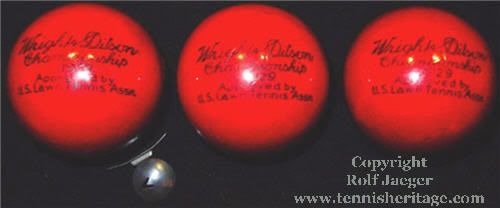
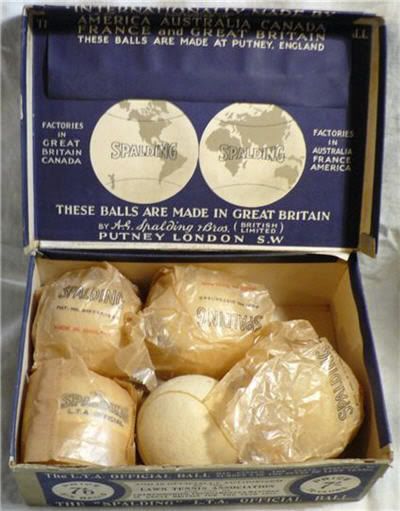
Both uncovered and covered balls were used according to different surfaces. On asphalt uncovered balls were used, while covered balls were best on grass. In Burnie, Tasmania a Victorian club team from Grace Park in 1901 played on wooden courts with uncovered balls, so strategy about balls and court surface selection for competition play was alive and well.
In 1902, Slazenger became the ball of preference at Wimbledon having succeeded F.H.Ayres after a 22 year association. Each ball featured a hand sewn cloth finish. The following years saw dramatic improvements to production techniques that led to more consistent finishes and uniformity. Packaging was changing also to help preserve ball pressures including sealed tins and some other surprising techniques such as wax coatings. The pictures of the 1906 Slazenger ball used at Wimbledon only have string around them as part of a display. Note the match the ball came from had one or both of the Doherty brothers playing.
While you might have thought that white tennis balls were the norm until the 1980′s, Slazenger in a 1906 catalogue were promoting a “tropical” lawn tennis ball in all red, blue/yellow, black, red/white, blue/white, yellow/white, red/yellow, red/blue, blue/yellow, red/black. In 1977 Slazenger tried to launch a green ball to increase visibility but it wasn’t until 1982 that the fluoro yellow ball began to be used as the colour of preference over white. Mind you there were many other experiments in colour and two colour balls. I recall a story that Ivan Lendl killed off two colour ball use in tournaments because he claimed players could tell which way the ball was spinning through the air giving an unfair advantage.
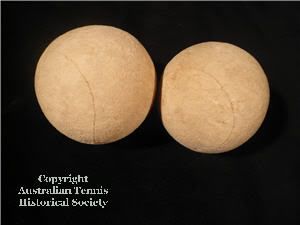
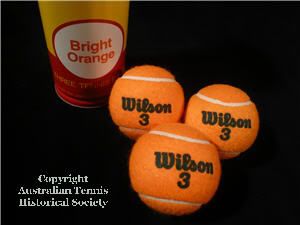
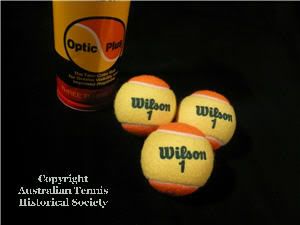
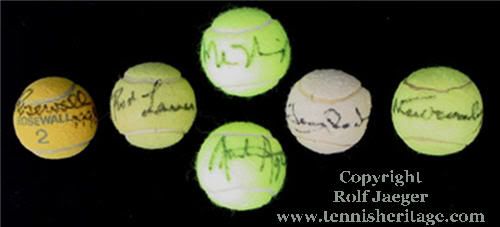
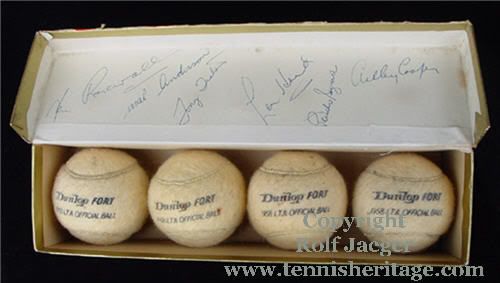
The 1930 balls above, are wrapped in their original wax paper.
These sold for 350 pounds on Ebay 2010.
Closely related to the subject of tennis balls is ball cleaning. Early games played on grass and other surfaces combined with the expense and availability of balls meant preserving them for play was essential. No doubt mud was a major problem and so there are a variety of ball cleaners that were developed. Since they no longer grace the modern day tennis setting most players will have never seen them before.
These shots were obtained from the internet a couple of years ago. I present them in the interest of education only and do not claim copyright or ownership.
Top: A single ball cleaner. A brand called Kleenball appears for sale from time to time.
Middle: Wall mounted 6 ball cleaner
Bottom: A Club ball cleaner. Probably does 20-50 balls at a time. A hatch at the base opens to allow the clean balls to be removed.
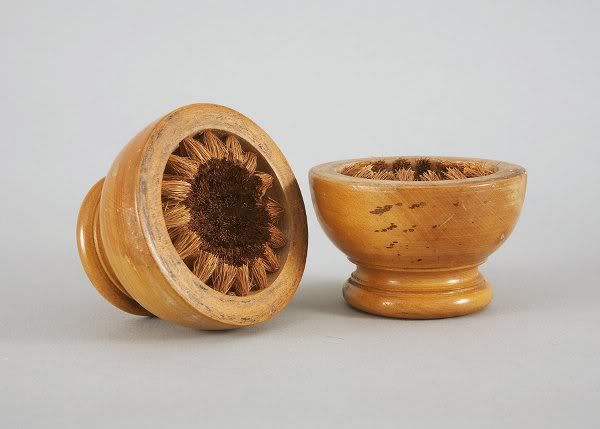
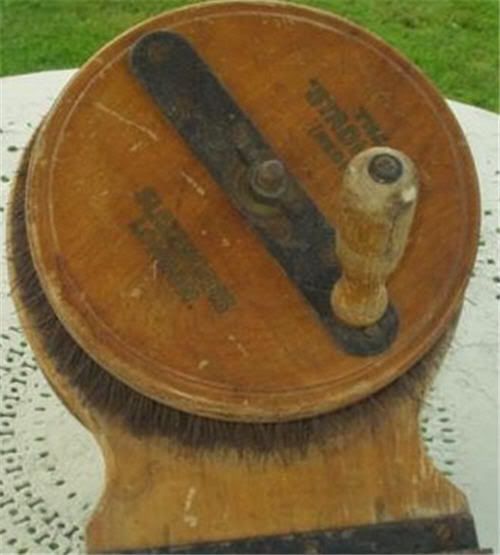

| Tennis ball collecting is popular and you will often find examples of new unused balls in tins and boxes going back to the 40′s. Rarer items such as those pictured above are extremely valuable.
Autographed tennis balls have long been a favourite collection item although future generations will also see the large promotional tennis balls signed by many players. As further reference see a great site in the USA that features almost all of the tennis balls and packaging styles ever produced. www.vintagetennisballs.com
Below we have some of the fluoro colours experimented with as the yellow ball was being assessed. |
||
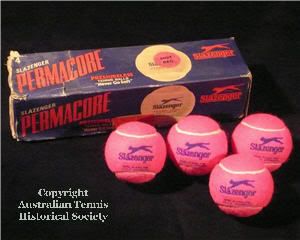 |
 |

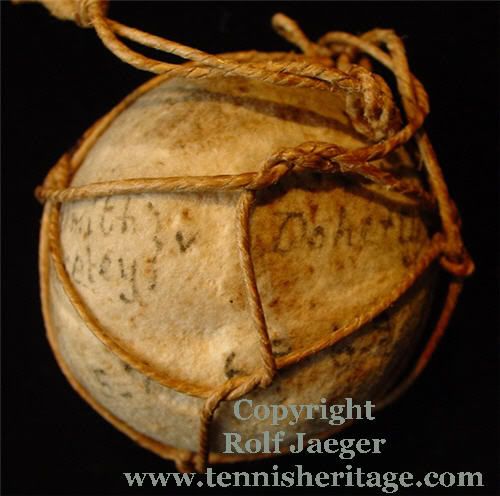
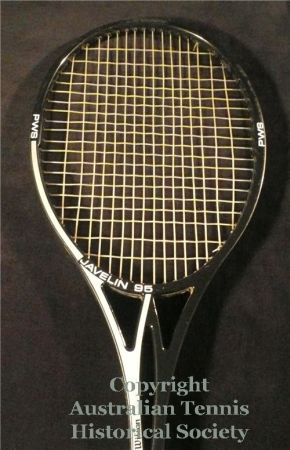
You must log in to post a comment.